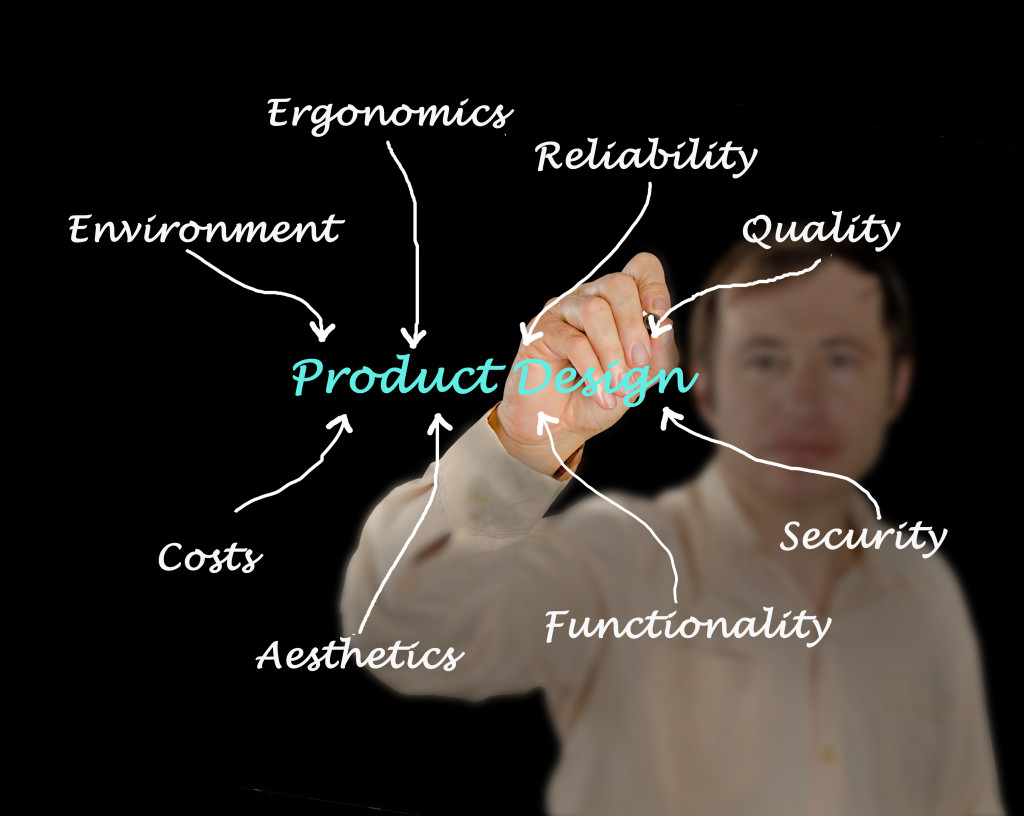Ergonomics
Ergonomics is a systems-oriented discipline which now applies to all aspects of human activity. It is about ‘fit’: the fit between people, the things they do, the objects they use and the environments they work, travel and play in. By ‘fit’, we mean not only physical, but also psychological, organisational, cognitive and environmental. If good fit is achieved, the stresses on people are reduced. They are more comfortable, they can do things more quickly and easily, and they make fewer mistakes.

Ergonomics crosses all aspects of employment from workstation design in an office setting to the physical demands of industrial work. Poor design of tasks, jobs, products, organisations, environments and systems will promote incorrect posture and positioning. In the long-term this may lead to adverse changes to the body such as altered spinal alignment, premature joint and disc degeneration, nerve compression and decreased muscle flexibility. As a result you may experience symptoms such as neck pain, headaches, shoulder pain, overuse injury and lower back pain.
Free Range Therapy ergonomists apply diverse knowledge to the planning, design and evaluation of tasks, jobs, products, organisations, environments and systems in order to make them more compatible with the needs, abilities and limitations of people. This will ensure that business products, systems and environments are efficient, safe and comfortable, for you and your customers to use.

Ergonomic Assessment
At Free Range Therapy our thorough ergonomic assessments are specifically designed to assess your workstation, to ensure it is set up in a way that will cause minimum risk to your health and wellbeing. We review physical factors including working postures, user anthropometry, workstation and equipment layout, workstation design and lighting just to name a few. We will then determine your risk factors, which includes things like repetitious movement, forces, contact stress, static loading and environmental factors. Environmental factors deal with air quality, temperature, and noise while psychosocial factors include items such as workload, task characteristics, work organization and psychological stress. Solutions for reducing ergonomic stressors can include carefully selected and adjusted equipment in your workplace, the implementation of administrative and work method controls and engineering modifications to the job which can also include setting you up with a consistent break schedule and a stretching routine. These can significantly improve your posture, comfort and positioning and increase your comfort and productivity, job satisfaction, quality of work and your organisation’s business revenues.
All employers have a duty of care under current legislation to provide a safe workplace for their employees. If an employee is undertaking approved work from home, this includes their home office. An ergonomic assessment ensures your workers home office has been assessed for ergonomic risk factors.
Ergonomic Design Review
Workstation Design
By optimizing the design of the workstation, the work organization, the tools and equipment used, the systems of work and the environment, your work can be performed safely and efficiently. We systematically analyse the tasks to be performed, the workstation layout, man-machine interface, identify risk factors and risk reduction strategies, to minimize any health and safety risks that could arise from the use of the workstation.
Control Room Design
Successful operation of a control system demands that the design of the control room meets and exceeds operational requirements. We analyze the user and functional requirements, control room layout, control desk design and specifications, man-machine interface design, assess potential for human error and relevant environmental influences.
Pre Installation/ Pre Modification Reviews
It is unfortunate that most ergonomics is done reactively, after a process, workstation, tool or piece of equipment has been designed/installed. Problems arise and workers report pain, discomfort, and injuries or productivity and quality are not as high as expected. While a good ergonomics assessment can be useful at this point it is much better, and cheaper, to look at ergonomic issues before actually designing, building and/or installing any type of system, process, workstation, tool, etc. Our ergonomists will analyze potential Ergonomic/OHS issues; develop the ‘ideal’ design for the system, process or piece of equipment; and create a comprehensive plan to maximize efficiency, productivity and quality for the system.
Ergonomic Training
 There is a great need for ergonomics training for even the most common workplace. Why? With people spending more than one third of their lives in the work environment, ergonomics play an important part of an employee’s health but is often neglected until and shoulder pain, back pain, eye strain etc and stress related disorders are common and affect a company’s productivity.
There is a great need for ergonomics training for even the most common workplace. Why? With people spending more than one third of their lives in the work environment, ergonomics play an important part of an employee’s health but is often neglected until and shoulder pain, back pain, eye strain etc and stress related disorders are common and affect a company’s productivity.
Training is an essential element to ergonomics program success. The right training for the right people will ensure that you and your organization have the skills and methods to effectively carry out key responsibilities and achieve sustainable gains. It also enables you to make better ergonomic decisions in non-work issues, such as personal purchasing and protecting loved ones from injury.
Providing ergonomic training to all employees is a simple solution. With ergonomic training, it is easy to establish sound ergonomic practices in the workplace. Popular seminars include:
- Awareness training for managers and supervisors
- Industrial ergonomic training for engineers
- Employee training
- Training for safety/health/medical personnel
- Office ergonomic training and train-the-trainer
